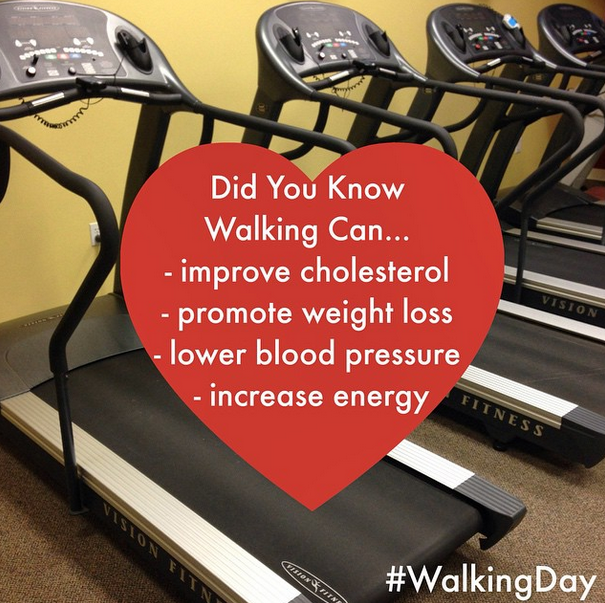So you want to keep up with your training but the summer temperatures are rising. No problem. Follow these tips to have a safe run:
Run Early or Run Late
Avoid running in the middle of the day when the sun is directly overhead. The best time to run in the summer heat is first thing in the morning or wait until after the sun starts to set. If that is not an option, take your workout indoors or seek shady routes.
Choose Appropriate Clothing
Less is more when training in the heat. Wear loose fitting and light colored clothing. Chose moisture wicking materials and stay away from cotton.
Acclimatize
It takes about 8-14 days for your body to adjust to hot and humid weather. Just because you can run a 10 miler at an 8 minute pace doesn’t mean you can do the same when the hot and humid days of summer arrive. You may want to cut your intensity by 65% or 70%. Slow down to let your body adjust then over the next few days gradually build back to your previous level.
Check the Heat Index
Before heading out for your run it’s a good idea to check the air quality and the heat index. The heat index tells you what the temperature feels like when combining the air temperature and the relative humidity. For example if the air temperature is 90 degrees and the relative humidity is 70%, then it’s going to feel like it is 106 degrees.
Hydrate, Hydrate, Hydrate
Hydrate before your run. As a rule of thumb drinking 16 ounces of water two hours before running will ensure a good hydration level. Carry water with you when you run or head to the track where you know every 1/4 mile you have a bottle of water waiting if you want some refreshment. Remember don’t wait until your thirsty before drinking!
Drink Sports Drinks
For runs lasting longer than one hour, you begin to deplete vital electrolytes (i.e., sodium and potassium). Sodium is needed in order for your body to absorb the fluids you’re ingesting. Depleted potassium levels can increase your chances of experiencing muscle cramps. So if you are going to run more than one hour you should switch from water to a sports drink that will replenish these electrolytes.
Blog post by Alan Harrison.
About Alan Harrison
Alan is a Certified Personal Trainer through the American College of Sports Medicine (ACSM). He has a degree in Physical Education and Kinesiology and has held many positions throughout the years as a teacher, coach and Athletic Director. A former runner, Alan has a passion for sports and is starting to get back into running with the motivation from his Cape Cod Rehab Running Team coworkers and clients.



